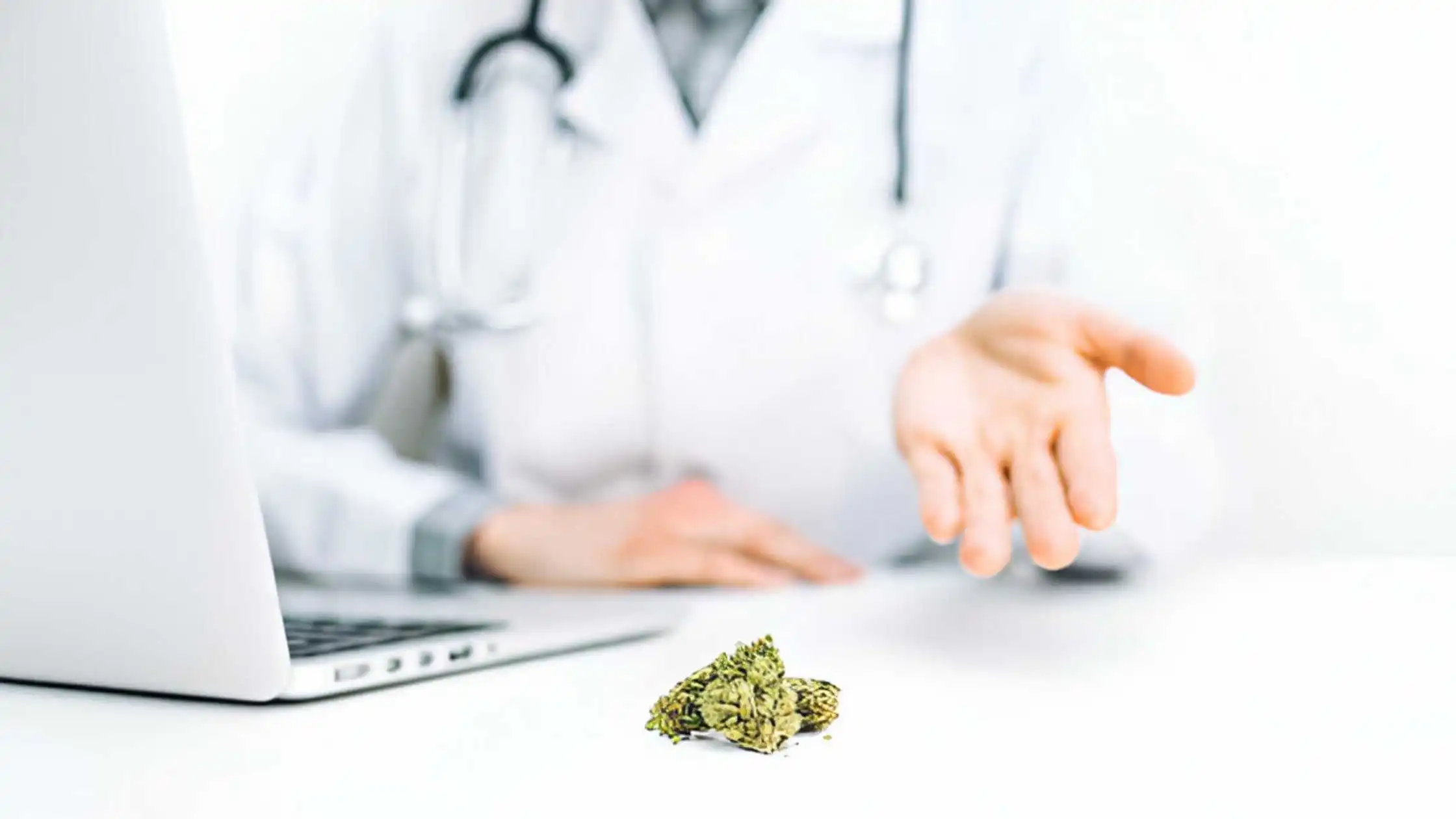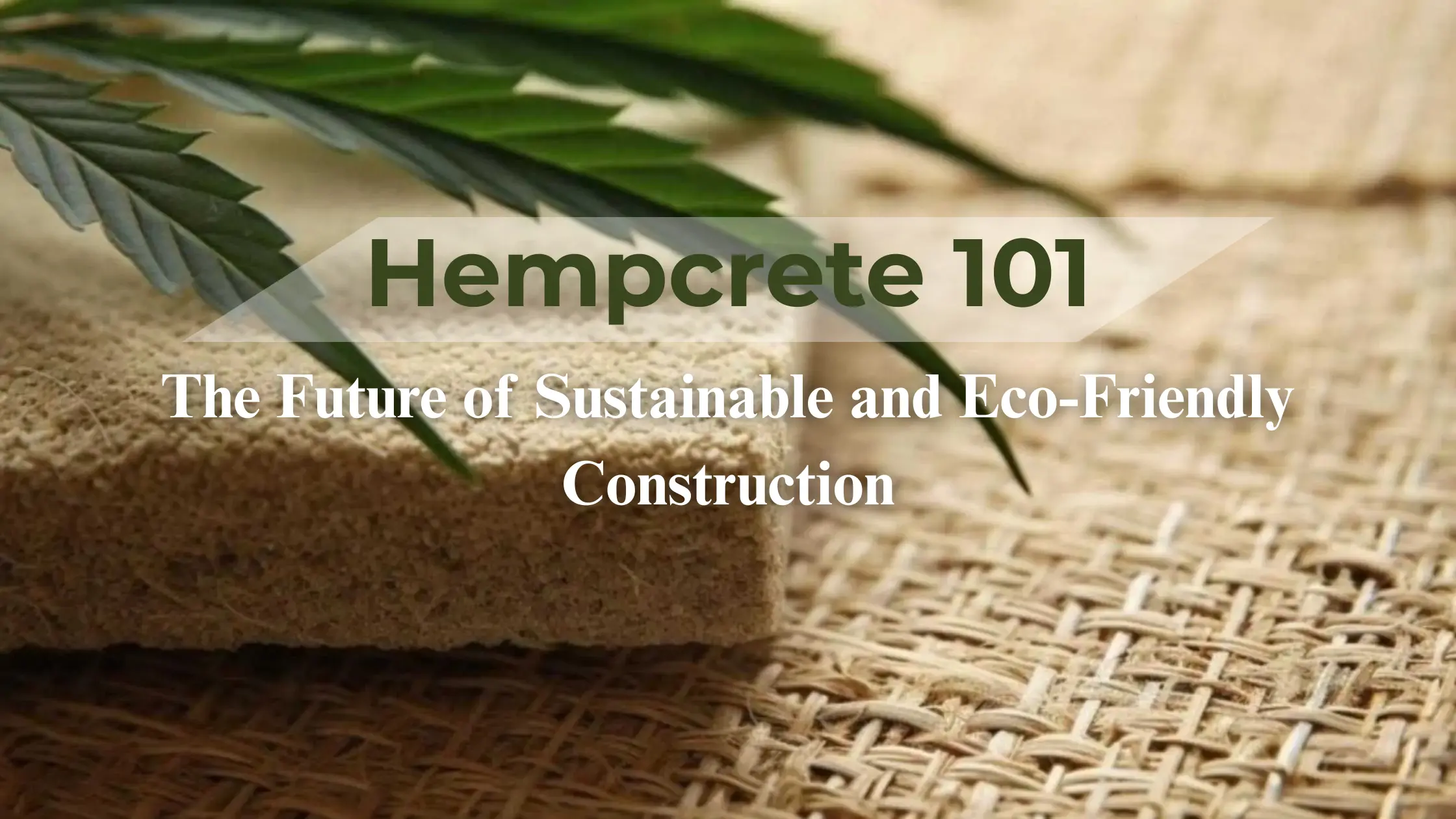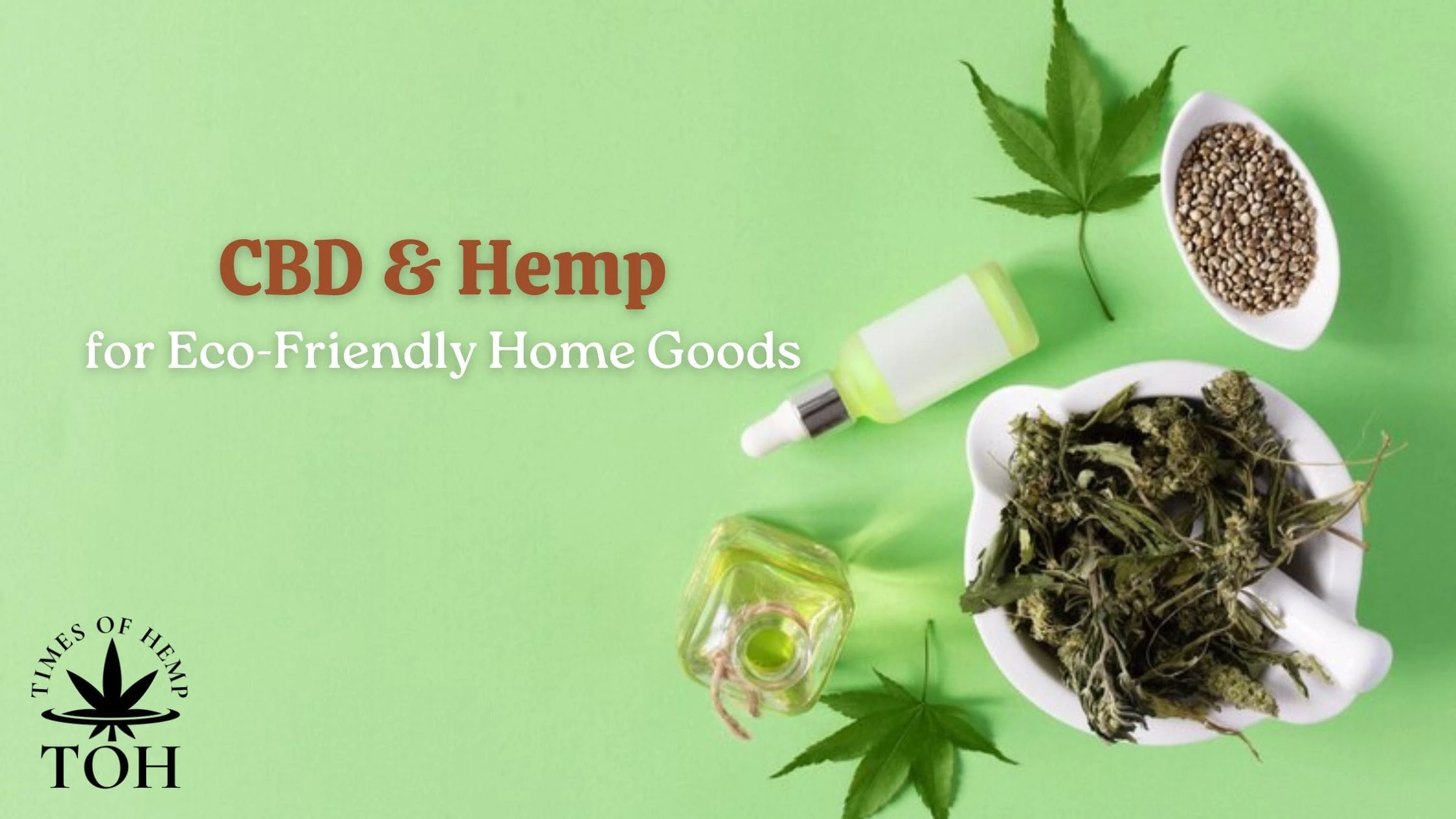The effects of human activity on the environment, notably the discharge of harmful substances into our ecosystems, have come to more people’s attention worldwide in recent years. Hazardous compounds have gotten into everything from industrial processes to everyday consumer goods, including the air we breathe, the water we drink, and the land we depend on for food. Scientists and researchers are looking into eco-friendly and sustainable ways to reduce pollution due to this worrying problem.
Hemp is one such answer, a multipurpose plant with enormous potential to help remove hazardous chemicals from products and rebalance our ecosystem. In this blog post, we will examine the characteristics of hemp, its historical significance, and how it may be a crucial ally in the fight against harmful chemical pollution.
How Hemp Can Clean Toxins from Product?
The Versatility of Hemp
A plant with a long history that dates back thousands of years is hemp (Cannabis sativa). It has been grown for various products, including food, medicine, textiles, and paper. One of hemp’s most outstanding qualities is its adaptability, which enables it to be a crucial resource in the remediation of harmful substances.
The capacity of hemp plants to absorb contaminants from the soil, air, and water is outstanding. Phytoremediation is the term used for this technique. The deep-dwelling roots of hemp plants can absorb heavy metals, herbicides, and other industrial pollutants. The hazardous substances are virtually extracted from the environment as the hemp plant develops, purifying the soil and making it safer for other plants to flourish.
Hemp and Soil Remediation
As a severe environmental problem, soil contamination impacts water quality, agricultural output, and human health. Excavation and chemical treatments are two standard traditional soil rehabilitation techniques that can be expensive and destructive to ecosystems. The phytoremediation properties of hemp offer a more sustainable and organic substitute.
Hemp may be grown in polluted locations to purge the soil of impurities. The plant detoxifies the soil by storing the poisons in its tissues. The hemp plants may be harvested, safely disposed of, or even used further in industrial applications once they have effectively absorbed many contaminants.
Hemp and Water Remediation
Water pollution is a severe global issue that endangers human health and aquatic life. Industrial waste discharges, agricultural runoff, and poor waste disposal all contribute to heavy metal and chemical pollution in water supplies.
Through a procedure known as phytoremediation, hemp offers a viable remedy for water cleanup. Hemp can absorb and store contaminants if grown close to polluted water sources or floating platforms in contaminated water bodies. The precise toxins present and the environmental factors at the location determine how well hemp cleans water. However, it has much potential as a green and sustainable weapon against water pollution.
Hemp in Industrial Applications
Hemp has the potential to replace hazardous chemicals in various industrial uses and its role in phytoremediation. Historically, hemp was frequently employed in the textile industry because of its toughness and longevity. Hemp, however, lost popularity as synthetic fibres became more popular.
Because of hemp’s eco-friendly qualities, there has been a renaissance in interest in hemp textiles in recent years. Hemp fibres may be treated with fewer hazardous substances than traditional textiles, which rely on toxic dyes and chemicals, lowering the fashion industry’s total environmental impact.
In addition, hemp may be used as a sustainable substitute while making building supplies. Hempcrete is a lightweight, substantial building material made of hemp, lime, and water with exceptional insulating qualities. We may lessen our carbon footprint and support a cleaner environment by substituting hempcrete for conventional concrete, a substantial source of carbon emissions.
Hemp in Consumer Products
Beyond its use in industrial applications, hemp may significantly contribute to removing hazardous compounds from common consumer goods. Numerous domestic products, including cleaning supplies, toiletries, and cosmetics, contain dangerous chemicals that can harm people and the environment.
Products may be made safer by including compounds derived from hemp, according to the producers. Because of their all-natural cleansing abilities and little environmental effect, hemp-based soaps, shampoos, and cleaning products are becoming increasingly popular. Additionally, hemp seed oil, high in antioxidants and vital fatty acids, has appeared in skincare products, providing nourishing benefits without the hazardous ingredients sometimes included in traditional cosmetics.
The Legal and Social Challenges
Despite its potential advantages, hemp cultivation and usage have run into societal and legal obstacles all across the world. Because of the similarities between hemp and marijuana, another kind of Cannabis plant, there are misunderstandings and legal barriers.
Due to the psychoactive properties of hemp, its production was outlawed or severely limited in many nations. However, many governments are rethinking their position on hemp farming in light of growing knowledge and scientific understanding of the distinctions between hemp and marijuana.
Conclusion
Hemp has a remarkable range of uses, including phytoremediation and consumer items, demonstrating its promise as an effective ally in removing hazardous substances. Adopting hemp as a sustainable resource can help restore the environment and save people’s health from the adverse effects of dangerous pollution.
Policymakers, businesses, and consumers must understand hemp’s enormous potential to lessen our ecological footprint as we progress toward a more mindful and sustainable future. We can make the earth cleaner, healthier, and more vibrant for future generations by realizing the promise of this unique plant. Accepting hemp as the natural hero in our fight against harmful chemicals, let’s work together to create a greener, cleaner planet.





